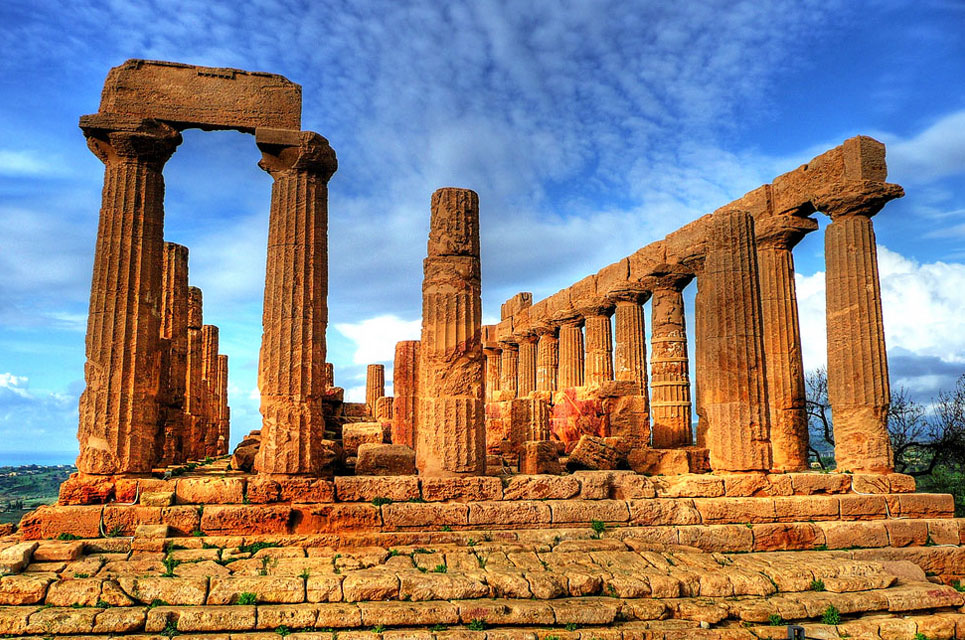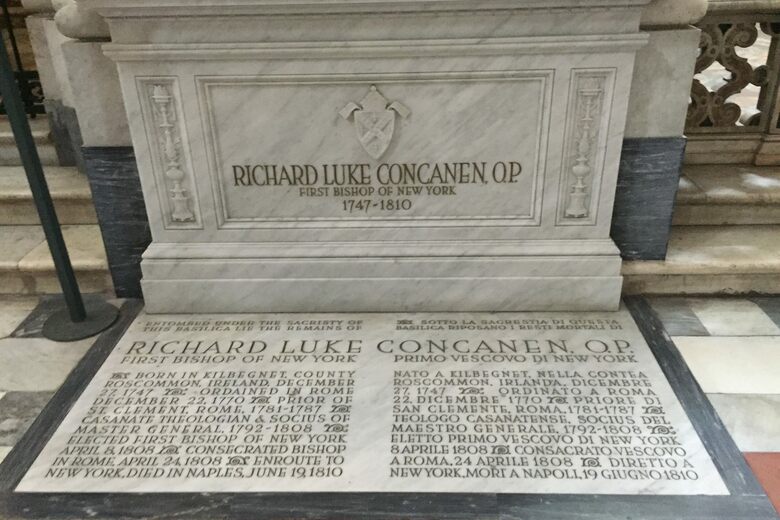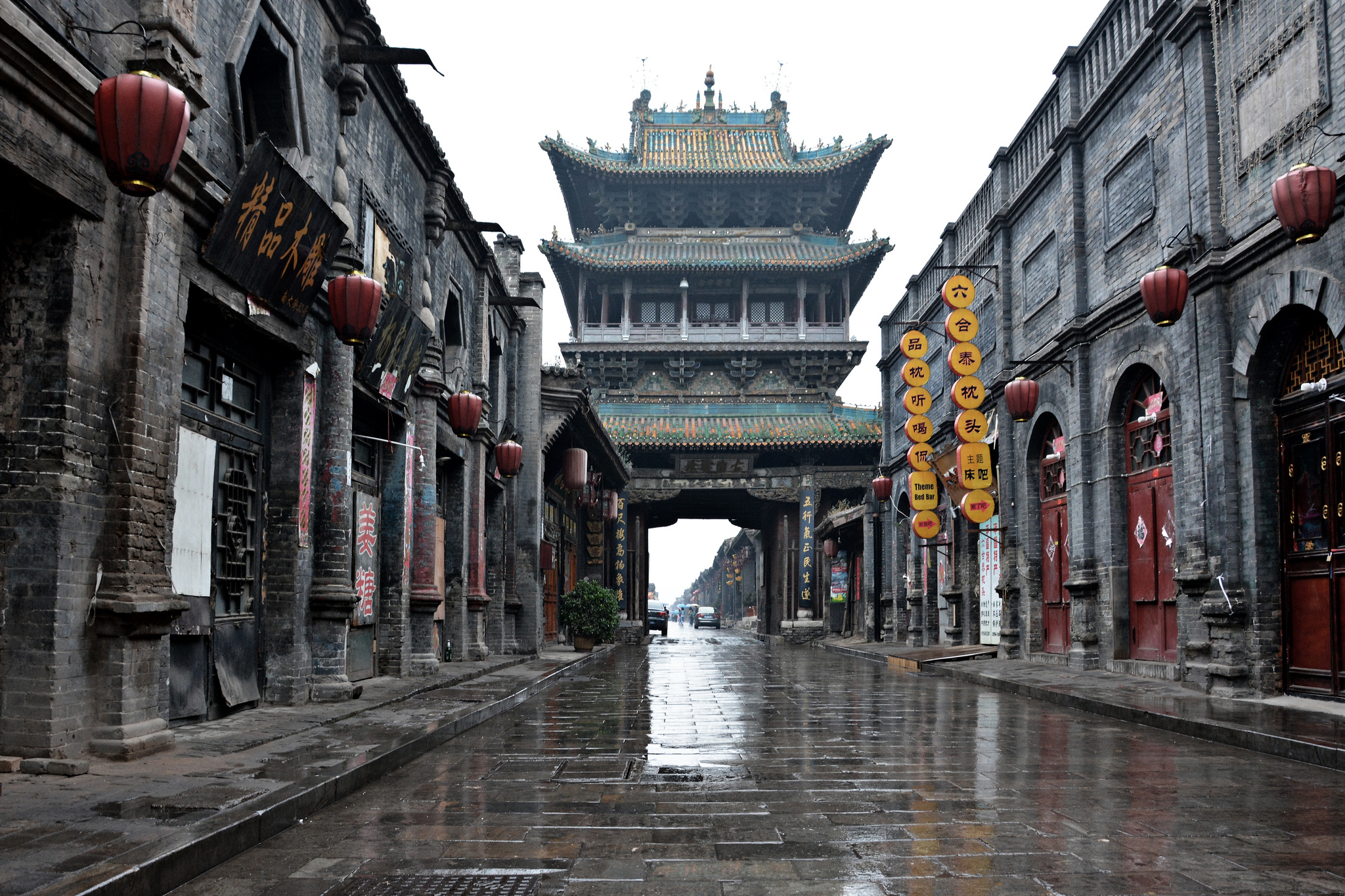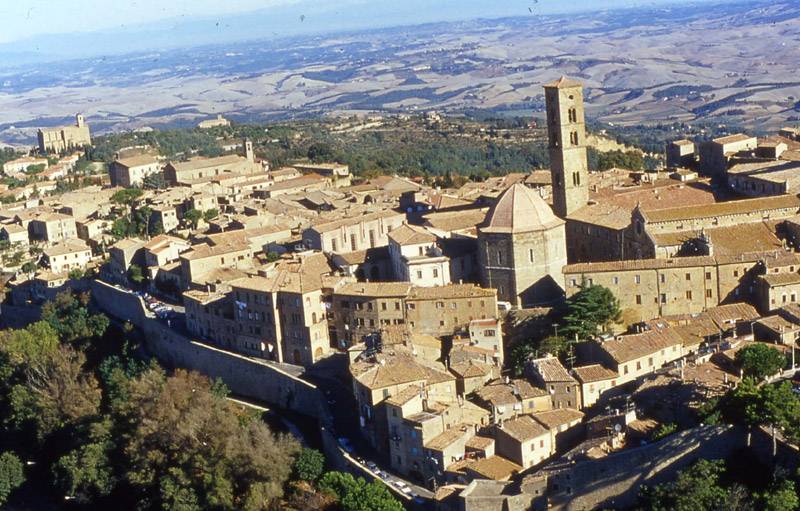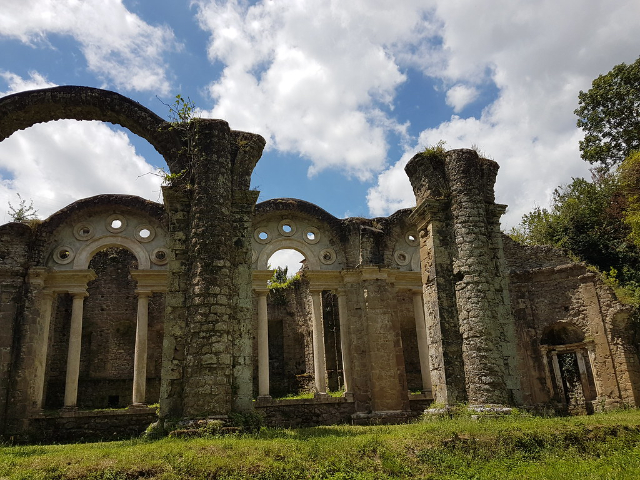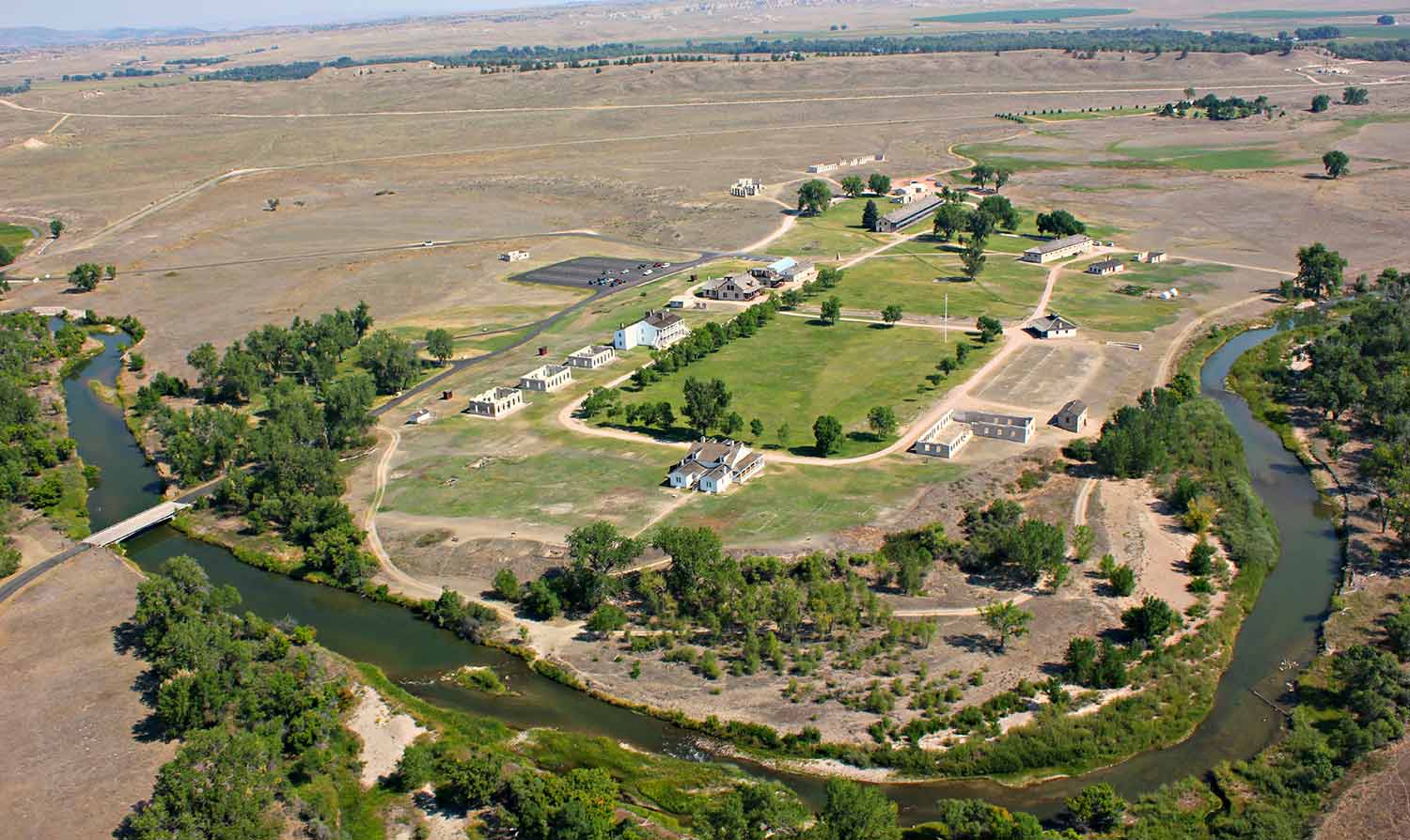The Temple of Juno stands at the highest point of the valley and was founded in 460 B.C. in honour of Zeus’ wife, Juno, the Goddess Hera Lacinia; it is a peripteral temple (13 columns in length) and hexastyle (6 columns in width). The Temple of Juno was the protagonist of a ritual in which a lamb was the victim and in the aftermath of which fellowships were celebrated.
The ritual of the lamb consisted in bathing it with very cold water and, depending on the reaction of the animal, it was decided whether or not to celebrate the marriage; if the lamb trembled, in fact, the marriage was not celebrated because its tremor was interpreted negatively and translated into potential matrimonial unhappiness.
In the eastern part of the temple there is an altar on which gifts were offered as a sacrifice in honour of the Goddess Hera; inside the Temple there is a statue of Juno.
